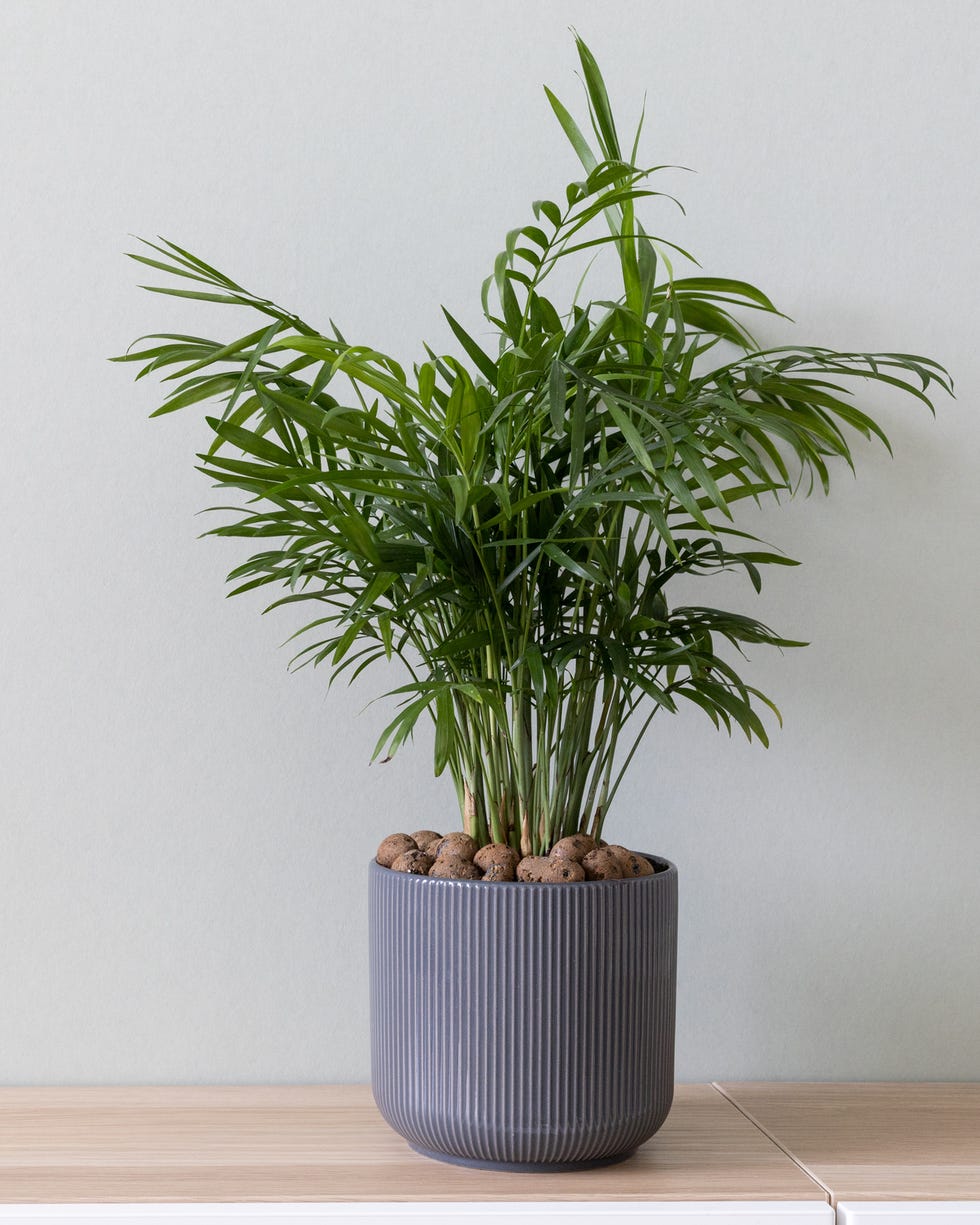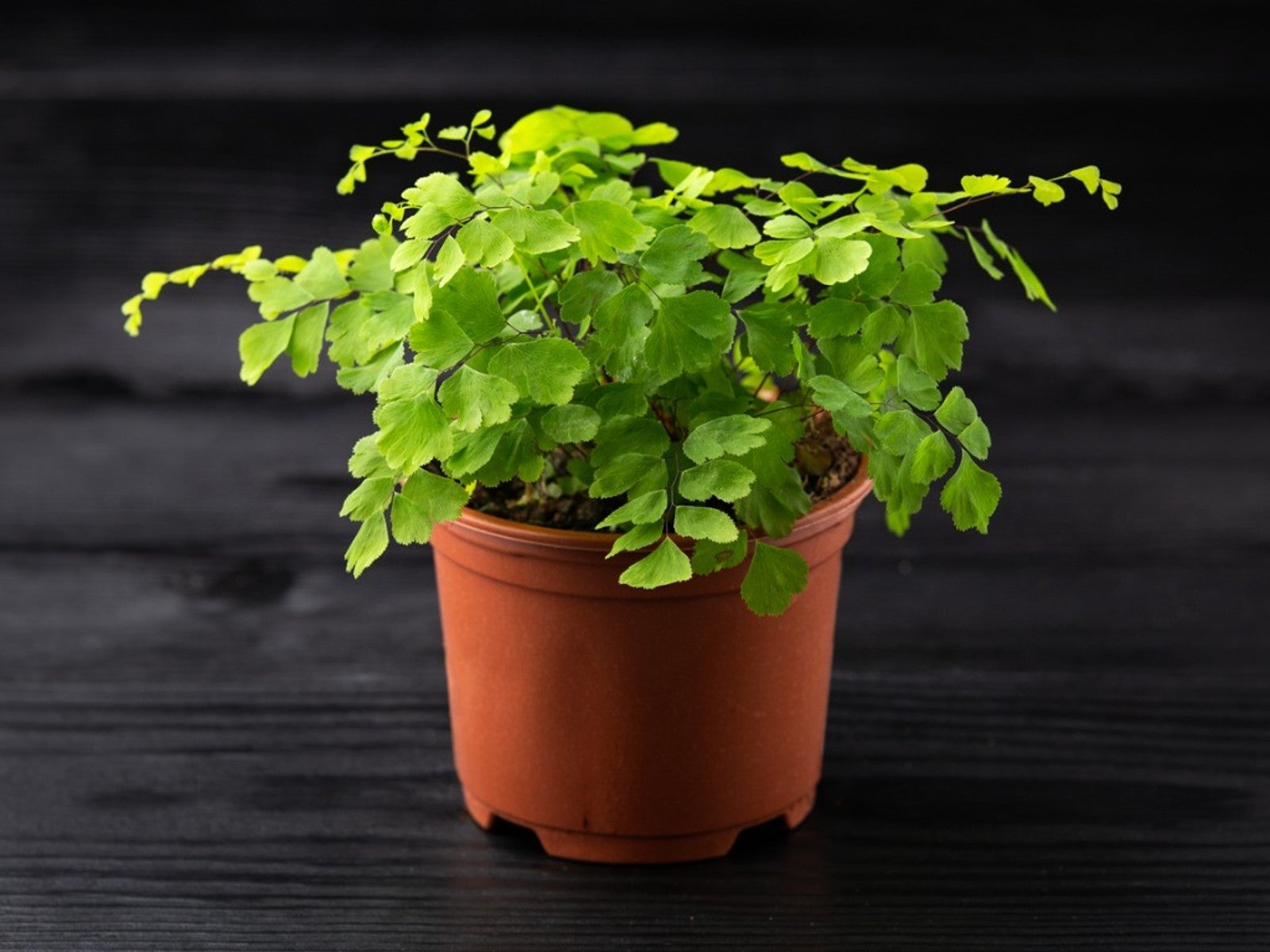Reveal the Keys of Low-Light Indoor Plants and How They Improve Your Atmosphere
Low-light interior plants have gathered increasing attention for their one-of-a-kind capacity to boost both visual appeal and environmental top quality within homes and work environments. These resilient species, consisting of the Serpent Plant and Tranquility Lily, not only flourish in difficult illumination problems yet additionally play an essential duty in air purification and psychological health. Comprehending the particular advantages and care requirements of these plants can significantly influence your living room. As we explore the complexities of their advantages, you may find insights that could change your surroundings in unexpected means.
Advantages of Low-Light Indoor Plants
Although lots of people assume that indoor plants call for plentiful sunlight to thrive, low-light interior plants provide a wide range of benefits that make them suitable for numerous environments. One of the main benefits is their versatility; they can grow precede with restricted all-natural light, such as workplaces, cellars, or spaces with small windows. This function enables people to enhance their surroundings with greenery, adding to boosted aesthetic appeals without the requirement for extensive lighting alterations.
Additionally, low-light indoor plants can dramatically improve indoor air quality by filtering harmful contaminants and launching oxygen, making living areas healthier. The existence of plants has actually been connected to higher sensations of serenity and emphasis.
Furthermore, low-light plants usually call for much less maintenance than their sun-loving counterparts, making them suitable for busy people or those brand-new to gardening. Their durability allows them to grow with very little intervention, hence supplying a gratifying experience for plant enthusiasts and newbies alike. In summary, low-light interior plants serve both visual and functional objectives, making them important enhancements to any kind of space.
Top Low-Light Plant Ranges
Low-light indoor plants been available in a range of varieties, each offering distinct qualities and benefits matched for dark settings. Amongst one of the most prominent ranges is the Snake Plant (Sansevieria), recognized for its architectural leaves and air-purifying capacities. This resistant plant prospers on disregard and can endure a vast array of light conditions.
One more excellent choice is the ZZ Plant (Zamioculcas zamiifolia), which features glossy, dark green fallen leaves and is very drought-tolerant. Its versatility makes it a favorite for offices and homes with restricted sunlight.
The Pothos (Epipremnum aureum) is also a leading challenger, with its tracking vines and heart-shaped leaves - Best low-light indoor plants. This flexible plant can be educated to climb or waterfall, including aesthetic passion to any type of area

Treatment Tips for Low-Light Plants
Taking care of low-light interior plants calls for a nuanced understanding of their certain needs to ensure ideal growth and vigor. Initially, Find Out More it is necessary to select the right potting mix, as a well-draining dirt is vital to avoid origin rot. A blend developed for houseplants, frequently including peat moss and perlite, functions well for a lot of low-light selections.
Watering is an additional key aspect of care. Low-light plants usually need much less constant watering compared to their sun-loving counterparts.
Fertilizing should be approached with caution. Throughout the expanding season, a diluted fluid plant food can be used monthly, but in winter season, several low-light plants get in dormancy and need little to no fertilizing.
Last but not least, it's vital to occasionally cleanse the fallen leaves to remove dirt, enabling much better light absorption. By sticking to these treatment tips, you can grow a thriving environment for your low-light indoor plants, boosting both their appearance and durability.
Enhancing Air High Quality With Plants
Indoor plants play a considerable duty in boosting air top quality within homes and workplace. With the process of photosynthesis, these plants take in carbon dioxide and release oxygen, contributing to a healthier environment. Furthermore, specific low-light interior plants have the capacity to filter damaging contaminants, such as benzene, trichloroethylene, and formaldehyde, which are frequently discovered in indoor settings.

In addition, the existence of indoor plants can boost humidity levels, which aids minimize dry skin and respiratory system problems, additionally boosting overall health. This ability to improve air quality not just advertises physical health however additionally supports mental health.
Incorporating low-light interior plants into your living and functioning areas can lead to a much more vivid and invigorating environment (Best low-light indoor plants). Purchasing these all-natural air cleansers is a straightforward yet efficient approach for enhancing indoor air high quality and fostering a much healthier way of living
Developing a Serene Indoor Room
The combination of plants into living areas not just boosts air high quality yet additionally contributes to a peaceful environment. Low-light indoor plants, such as snake plants and pothos, are especially reliable in developing a serene atmosphere, as they grow in problems that might or else be inhospitable for various other plant. Their rich vegetation supplies a relaxing aesthetic, decreasing Home Page tension and promoting relaxation.
Including these plants right into your home or workplace can stimulate a feeling of peace and health. Strategically placing them in locations where you invest substantial time, such as living workspaces or areas, permits an immersive experience with nature, which has been revealed to boost mood and cognitive function.
Moreover, the gentle activity of fallen leaves in action to airflow can produce a dynamic visual component that improves the overall setting. Take into consideration utilizing a variety site link of plant elevations and structures to include depth and passion to your area. With thoughtful placement and care, low-light indoor plants can change any type of location into a tranquil shelter, promoting not just visual fulfillment however mental and additionally emotional health.

Final Thought
Integrating low-light indoor plants into various environments yields significant benefits, including improved air quality and improved aesthetic appeal. The transformative power of low-light plants underscores their value in enhancing both domestic and work setups.
Although numerous people think that interior plants require bountiful sunlight to grow, low-light indoor plants offer a plethora of benefits that make them ideal for different settings.Moreover, low-light indoor plants can substantially improve interior air top quality by launching and filtering unsafe toxins oxygen, making living areas healthier. Additionally, specific low-light indoor plants have the ability to filter dangerous pollutants, such as benzene, formaldehyde, and trichloroethylene, which are frequently discovered in interior settings.
Low-light interior plants, such as snake plants and pothos, are particularly efficient in developing a serene atmosphere, as they prosper in problems that may otherwise be inhospitable for other plant.Integrating low-light interior plants into various settings returns substantial advantages, consisting of boosted air quality and enhanced aesthetic allure.